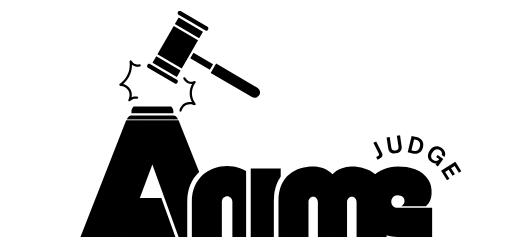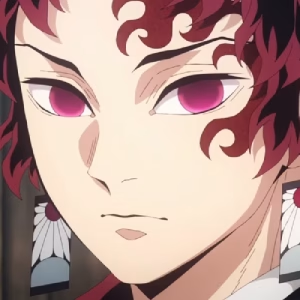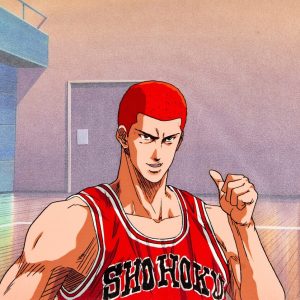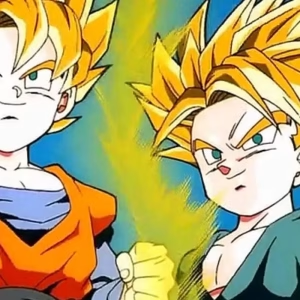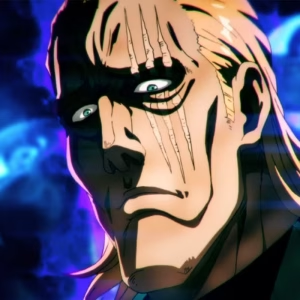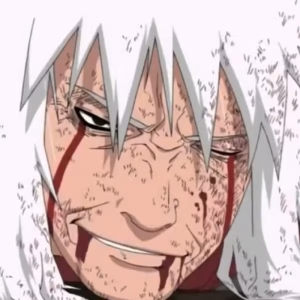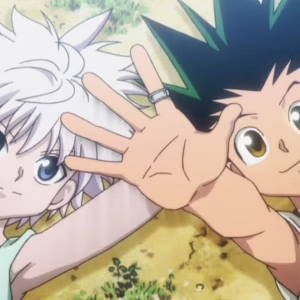In Berserk, Skull Knight — the skeletal warrior on horseback — is one of the series’ most enigmatic characters and a timeless adversary of the God Hand. While his origins remain shrouded in mystery, many clues suggest he was once human. But who was he, and what ties him so deeply to the God Hand? Let’s explore the leading theories behind his identity and tragic past.
Who Is Skull Knight?
Skull Knight appears as an immortal being wielding the powerful Beherit Sword, often intervening in moments of cosmic upheaval, such as the Eclipse or the Great Roar of the Astral World (Chapter 306). He guides Guts and warns him of the forces of causality (Chapter 88). Despite his skeletal form, his dialogue hints at a deeply human past — particularly in relation to Void, the God Hand’s eldest member.
Signs That Skull Knight Was Once Human
- Regretful Words: Skull Knight often speaks with sorrow and wisdom. In Chapter 307, he warns Guts that “what you desire may not be what Casca desires,” implying he once endured similar loss.
- The Berserker Armor: He warns Guts that overusing the armor can consume the wearer — just as it once did with its previous user (Chapter 231). This strongly implies Skull Knight may have worn it himself and paid a dire price.
- Connection to Void: A flashback in Chapter 362 shows Void among four monstrous figures during a temporal junction. Skull Knight’s familiarity with Void suggests they share a personal history.
Theories About Skull Knight’s True Identity
Theory 1: King Gaiseric – The Legendary Emperor
- Historical Legend: Berserk speaks of Gaiseric, a great conqueror whose empire was destroyed by “four angels” (Chapter 176). Many fans believe Skull Knight is Gaiseric himself.
- Link to Void: Void could have been Gaiseric’s adviser or betrayer, orchestrating the first Eclipse that destroyed his empire and turned him into Skull Knight through a ritual or prolonged use of the Berserker Armor.
- Evidence: The skull discovered beneath the Tower of Rebirth (Chapter 176) bears supernatural traits. Skull Knight often appears near ruins tied to this ancient empire.
Theory 2: A Former Apostle Turned Enemy
- Apostle Background: Skull Knight may have once sacrificed someone dear using a Beherit, becoming an Apostle — only to later rebel against the God Hand out of guilt or revenge (similar to Griffith in Chapter 86).
- Transformation: Seeking redemption, he may have tried to sever his bond with the God Hand, resulting in his skeletal form and dedication to destroying them.
- Insider Knowledge: His attacks on God Hand (Chapter 88) and understanding of the Eclipse imply he once stood within their ranks — or close enough to understand their inner workings.
Theory 3: The First Wielder of the Berserker Armor
- The Armor: The Berserker Armor, according to Schierke, is forged from hatred and sorrow (Chapter 231). Skull Knight may have been its original user — losing his body and becoming the skeletal entity we know.
- God Hand Connection: He could have fought the God Hand centuries ago, and his grudge may stem from personal loss — similar to how Griffith ruined Guts’ life during the Eclipse.
Skull Knight and the God Hand – A Longstanding Rivalry
Void: The Central Antagonist?
Void seems to be Skull Knight’s primary target. If Skull Knight is indeed Gaiseric, then Void could be the betrayer who destroyed his empire through the first Eclipse (Chapter 362). Their connection feels personal — a vendetta beyond mere ideology.
A Timeless Struggle
Skull Knight has intervened repeatedly — from rescuing Guts and Casca (Chapter 88) to launching surprise attacks on Griffith in the Fantasia arc (Chapter 306). His goal appears to be disrupting the God Hand’s manipulation of causality itself.
Tool or True Opponent?
- Instrument of Causality: Some theories suggest Skull Knight, like all others, remains bound by causality — possibly manipulated by the Idea of Evil (Chapter 83).
- Wildcard Threat: However, his use of the Beherit Sword — capable of slicing through dimensions — suggests he is a unique force beyond the God Hand’s total control.
Guts and Skull Knight – A Parallel Fate?
Mirrored Tragedies
If Skull Knight lost his empire or loved ones to the God Hand (as Gaiseric, or a fallen Apostle), his story mirrors Guts’ loss of Casca and the Band of the Hawk during the Eclipse (Chapter 86). Their bond lies in shared pain.
Warnings from Experience
Skull Knight often guides Guts — warning him against using the Berserker Armor too recklessly (Chapter 231). It’s as if he wants Guts to avoid repeating the same tragic destiny.
Conclusion
Skull Knight may have once been King Gaiseric, a fallen Apostle, or the original Berserker Armor wielder — with a past marked by betrayal and devastation at the hands of the God Hand, especially Void. His centuries-long struggle reflects a tragic hero shaped by loss and vengeance, now dedicated to opposing the very forces that unmade him.
While his true identity remains hidden, the theories offer powerful insight into Berserk’s depth and darkness. Will Skull Knight be the key to defeating the God Hand — or simply a cautionary tale for Guts? Time — and Miura’s legacy — will tell.
